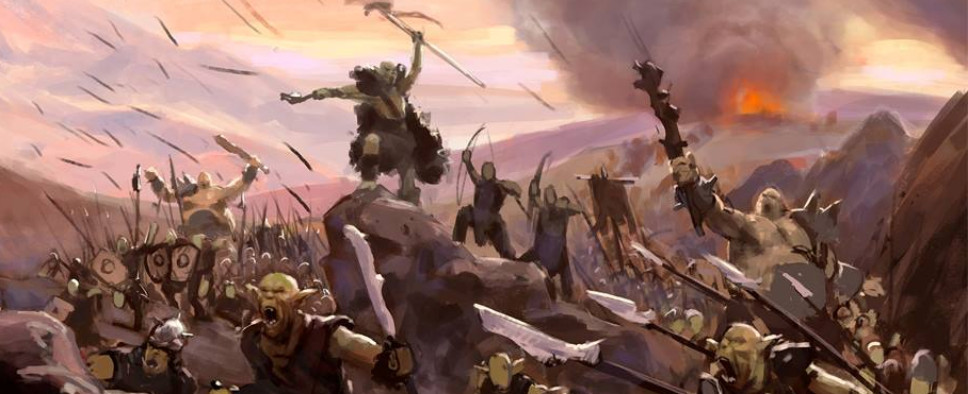The Dwarves Previews
-
Category: News ArchiveHits: 1687

Between the ongoing beta testing of KING Art Games' The Dwarves and the role-playing game's presence at this year's E3 expo, it really isn't all that surprising to see three new previews for the game materialize on the web across as many days.
Entertainment Buddha:
Being outnumbered is a feeling you will quickly become familiar with when playing. The main story begins with the dark forces already established in power; it certainly feels like the odds are not in your favor, and it plays the same way. While there are fifteen characters that eventually become available to the player, you can only bring four of them with you into battle. Tungdil, the game’s dwarven protagonist, is a permanent character in the group, but his companions can be chosen by the player. Each one will have their own relationship with Tungdil, and it’s up to you to decide how to cultivate these companionships. Bonuses for your group will unlock as you raise your relationship with each companion, but The Dwarves ensures players that they won’t be reprimanded if they opt out of pursuing a companion’s story.
Four characters can still pose a pretty giant threat to the horde of incoming enemies, however, and The Dwarves provides a few mechanics to help aid players throughout their journey. Performing a specific input while standing overtop an enemy lying on the ground will cause the character to perform an instant kill maneuver, effectively executing any unlucky soul knocked off their feet. Action points, a resource consumed with the use of powerful abilities, can be gained by performing these executions. Things get particularly interesting once players discover that enemies can knock each other down when they collide. This shows how The Dwarves integrates collision detection into its strategic gameplay, and grants players another opportunity to gain an advantage in unfavorable situations.
The first thing I noticed was how the game had a similar camera angle to Diablo, Victor Vran, and other action RPGs, but The Dwarves is not an action game. Playing like one will be your downfall, as the game employs a tactical pause similar to Dragon Age and Mass Effect, making the game more about strategy than focusing on hack and slash combat. The game is designed to make your feel like you are up against incredible odds, and it evidently showed, as the lonely dwarves were surrounded by countless green-skinned Orcs. Moving near foes, your character will auto-attack, however, only with their most basic attack. To put down the filthy Orcs for good, you’ll want to take advantage of your four slots for special abilities. You’ll gain more during the campaign, some active and some passive, but you’ll only be able to use four different active abilities at a time.
Pausing the action to get a better understanding of the battlefield is paramount, especially since most of the abilities that I was shown targets more than a single foe. Leaping into the action, for example target a wide area, highlighting enemies in red and friendly units in blue. With the game’s physics-based combat, enemies can fly off ledges/cliffs or even knock each other to the ground, allowing for a one-hit kill, replenishing your meter to use special abilities.
And RPGFan:
You control four heroes on the battlefield and at first glance, you may mistake this game for Diablo or some other kind of hack and slash experience. However, The Dwarves takes a cue from Dragon Age and allows you to pause the action, issue commands and then execute them. Ability points needed to use skills are gained by performing heroically, so aggression is encouraged. Your party consists of characters from the books; naturally, you have dwarves but there are some other cool party members like a giant, mysterious suit of armor. Choosing the right party and issuing the right commands is where the strategy of The Dwarves lies.
Battles have distinct mission objectives, like kill 50 orcs or protect a village from oncoming waves, but the gameplay does not consist solely of combat. There are also exploration stages where you need to interact with the environment to solve puzzles, almost like a point and click adventure. You go between battles and exploration on the large world map. The map is dotted with missions and when you move, so do enemy hordes; running into each other means war. The time it takes you to complete the campaign is tracked by in-game days; scenarios can play out differently depending on what day it is.

